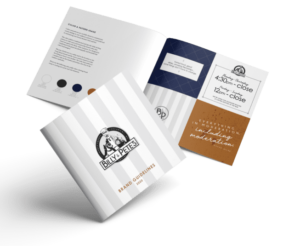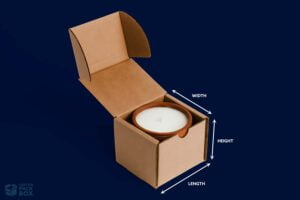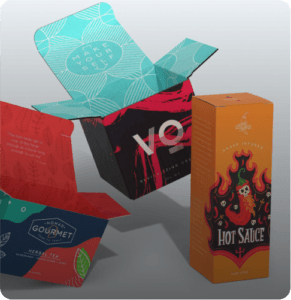In the world of packaging, the importance of custom box inserts cannot be overstated. Whether you’re a business owner shipping delicate products or an individual sending a thoughtful gift, custom inserts can make all the difference in ensuring your items arrive in pristine condition.
But, following some spacing guidelines is crucial for perfect fit and maximum protection. In this blog, we’ll explore the ins and outs of inserts for custom printed boxes and provide practical tips for spacing.
Understanding the Role of Custom Packaging Inserts
Before we dive into the specifics of spacing, let’s understand why custom box inserts matter. They serve several essential functions:
Assure Product Integrity
Custom inserts provide a cushioning layer that protects your items from damage during shipping and storage. They prevent items from shifting, bumping into each other, or getting crushed.
Enhance Aesthetic Appeal
Inserts can enhance the overall visual appeal of your products. A well-fitted insert not only keeps items safe but also adds an element of sophistication and professionalism to your packaging.
Helps in Branding
Custom Pack Box offers an opportunity to reinforce your brand identity with these inspiring design ideas for custom box inserts. You can choose colors, materials, and shapes that align with your brand, creating a memorable unboxing experience for your customers. You can also print your branding essentials like the company’s logo, name, and product information to catch customers’ attention.
Let’s move on to the spacing guidelines to help you achieve these advantages from a box insert!
Measuring Your Items
Before creating the perfect custom box insert, you need to measure the items placed inside the custom packaging. Accurate measurements are the foundation of a well-fitted insert. Here’s what you have to do:
- Length, Width, & Height: Measure your items’ length, width, and height. These dimensions will determine the overall size of the insert. For instance, if your products are too close together, your insert will be flimsy too, which is not durable enough to securely hold your products.
- Weight: Consider the weight of your items. Bulky products may require thicker and more sturdy inserts to prevent them from moving around inside the custom printed boxes.
- Quantity: Figure out how many products you want in the packaging. This will help you determine if you should use separate sections or a snug-fitting insert.
Choosing the Right Material
The choice of material for your custom packaging inserts is crucial. The material should provide adequate protection and support for your items. The most common materials used for packaging inserts include foam, cardboard, and corrugated board. Here is a quick description of each:
- Cardboard Inserts: Cardboard inserts are versatile and eco-friendly. They can be personalized to fit your products and are suitable for a wide range of products.
- Corrugated Board Inserts: These inserts are durable and can withstand rough handling during shipping. They are ideal for heavier items or products with irregular shapes.
- Foam Inserts: Custom foam inserts for boxes are excellent for delicate and fragile items. They offer cushioning and shock absorption, preventing damage from impact.
Creating Adequate Clearance
Providing adequate clearance around your items is essential when designing your box inserts. Clearance refers to the space between your items and the walls of the insert. Here’s how to determine the right amount of clearance:
- Minimum Clearance: There should be minimum clearance around each side of your item. This space allows for easy insertion and removal of the items and provides a buffer against minor shocks.
- Product Orientation: Consider the orientation of your items. Provide extra clearance around those areas with fragile parts, such as handles or protrusions.
- Stacking: To stack items, ensure enough vertical clearance between them to prevent contact and potential damage.
Creating Compartments
Compartments within the box insert are essential for items that must be individually separated. Compartments prevent items from touching each other and ensure they remain in their designated places throughout shipping. Here are some tips for creating compartments:
- Even Spacing: Ensure that the spacing between compartments is consistent. This not only looks neat but also provides equal protection to all items. You don’t need to fret if you’re unsure about the optimal spacing for your products inside the box. Custom Pack Box professional engineers and designers will do this job for you. They will recommend the minimum clearance for a box insert to protect your products during transit.
- Custom Shapes: Depending on your items, consider creating custom-shaped compartments that snugly hold each item in place.
In a Nutshell!
Custom box inserts are vital in ensuring your products arrive in pristine condition. Following the spacing guidelines outlined in this blog, you can create inserts that provide optimal protection, enhance your brand’s image, and delight your customers with a memorable unboxing experience. Precision and attention to detail are key when designing custom packaging box inserts that truly shine.














